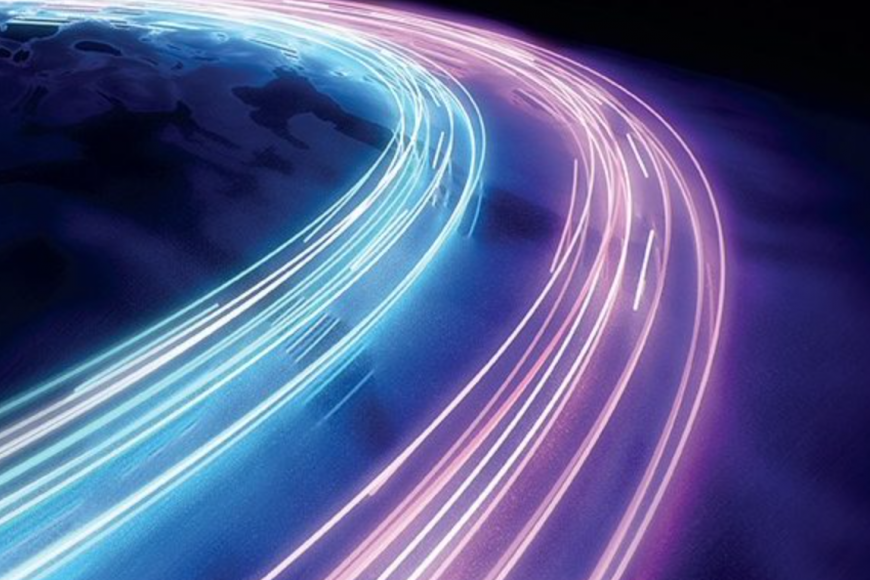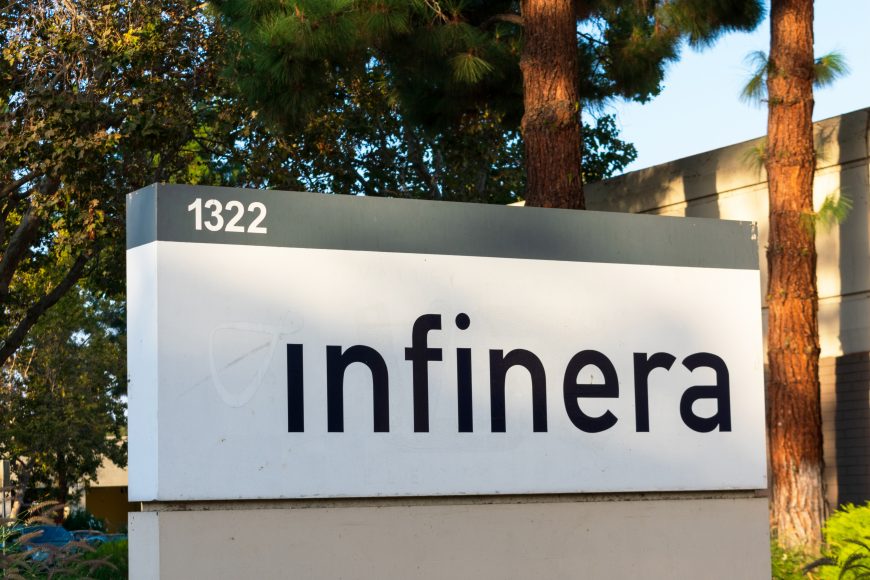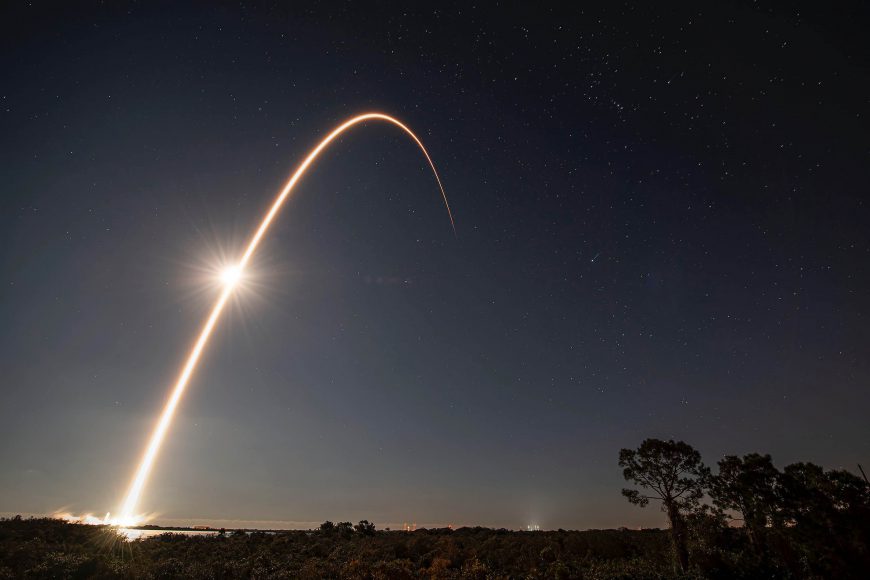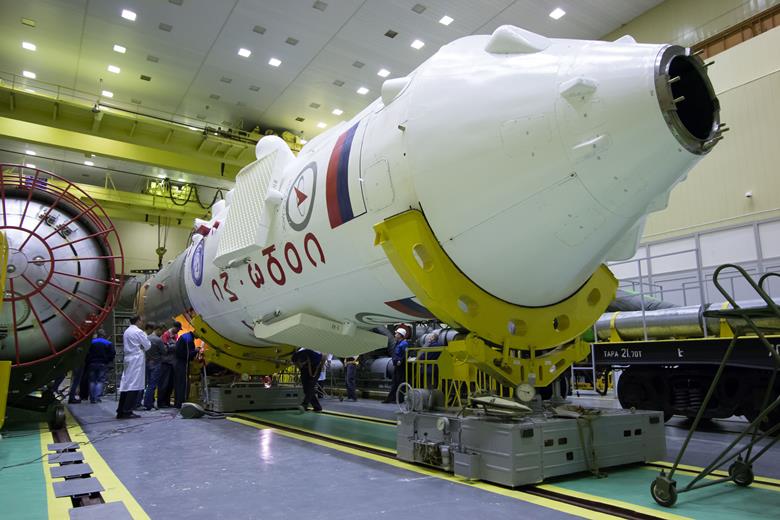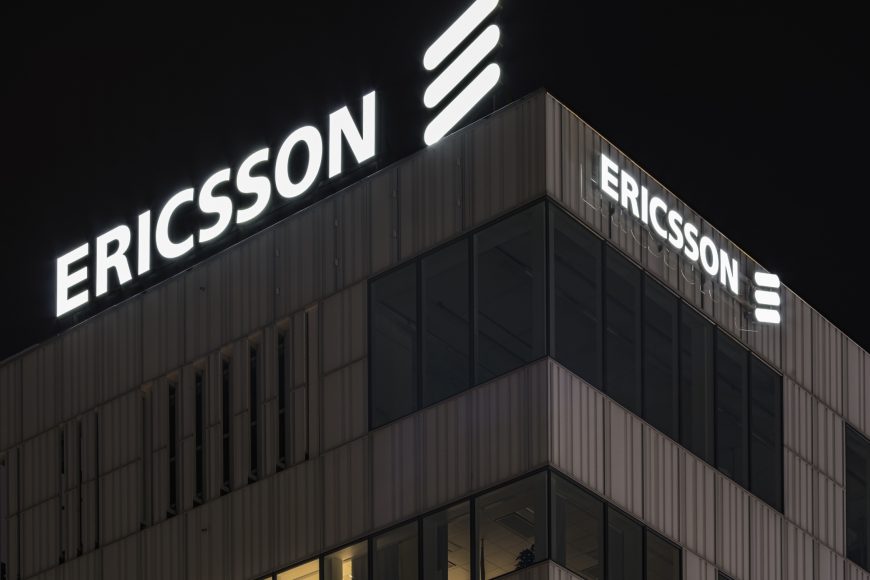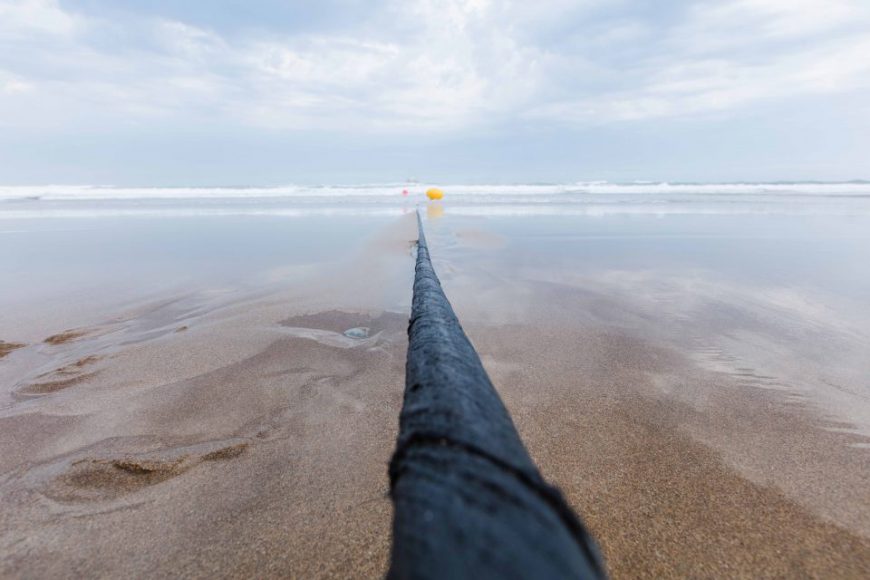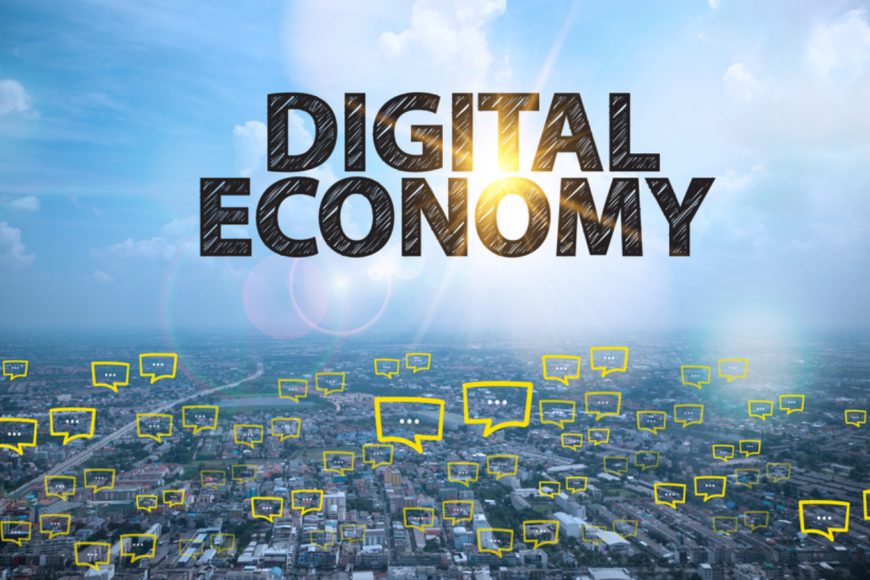Can the United Kingdom be an ORAN pioneer?
A new ADVA-led initiative in the UK is driving integration of technology suppliers for open radio access network (RAN) solutions. Here’s what’s behind the UK 5G DU-Volution project.
It began with elements in the British government raising concerns about the supply chain for the country’s expanding 5G infrastructure. Specifically, there was anxiety around international vendors that could be considered high risk.
Then politics and practicalities aligned and it was decided that reliance on these vendors needed to be reduced by diversifying the UK’s 5G supply chain. Initiatives would be set up to create a more competitive supply base to unlock the full potential of 5G and give the UK telecoms sector a major boost.
Now the British government is encouraging UK-based vendors to help build a disaggregated, vendor-neutral Open RAN (O-RAN) ecosystem that will accelerate the roll out of 5G architectures – both public and private – and pave the way for 6G services. But along the way, there are some key technical and logistical challenges to address.
Achieving efficiency and scale
On the technical side, enhancing spectral efficiency, improving power efficiency, reducing footprint and minimizing latency are all crucial. The best way to achieve these goals is to encourage innovation and collaboration. That’s why the UK government’s Department of Culture Media and Sport has created the Future RAN competition (FRANC). FRANC’s objectives are to:
- Accelerate the development of high-performance 5G Open RAN solutions that meet UK dense urban requirements by 2025
- Attract new 5G RAN suppliers to conduct R&D in the UK, and foster professional collaborations between potential new entrants into the UK’s public network
- Contribute to the delivery of the 5G Supply Chain Diversification Strategy’s objectives of disaggregated supply chains, open interfaces by default, and security being a priority in network deployment.

